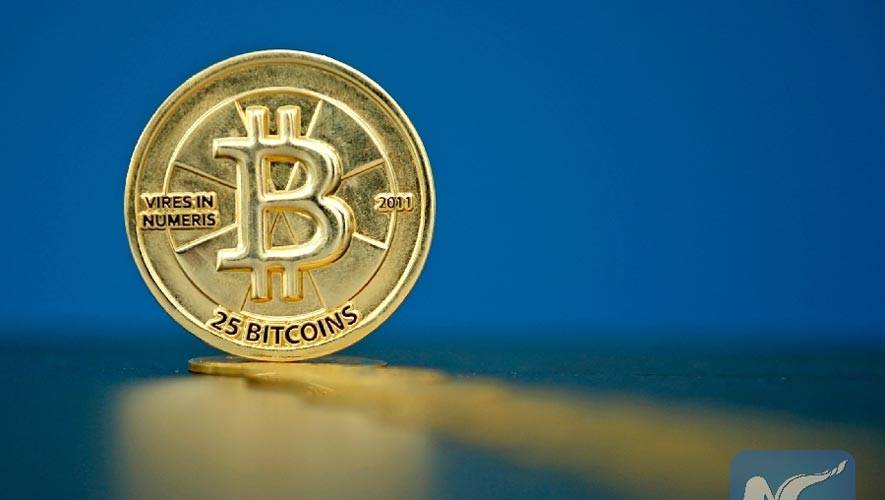Diversification is defined in industry as a process of expanding or increasing a variety of products. In that sense, it can occur across products, sectors, or trading partners.
For the latest Cambodian Business news, visit Khmer Times Business
Many experts believe that export diversification could help to stabilise export earnings in the long run, which is particularly relevant for countries vulnerable to terms-of-trade (ToT) shocks. Trade shocks are defined as net gains or losses from trade caused by changes in international prices and in the volume of goods and services that traded internationally.
In what it claimed was putting effort into driving the country’s economic growth, the government of Cambodia is now pushing to reach a free trade agreement (FTA) with some of the world’s leading economies – namely China, South Korea and the Eurasian Economic Union (EAEU), the Russia-led economic bloc composed of five member states: Russia, Armenia, Belarus, Kazakhstan and Kyrgyzstan.
Export diversification, therefore, is believed to happen mostly through an intensive margin in small countries such as Cambodia.
Trade deal talks coming
On the sidelines of the Asean Business and Investment Summit in Thailand’s Bangkok in November, Cambodian Prime Minister Hun Sen and his counterpart Dmitry Medvedev, the Russian Prime Minister, discussed the potential deal. Hun Sen said Russia has taken big efforts to support the negotiations.
The prime minister said Cambodia is now asking Russia to formally support Cambodia’s official request to the Eurasian Economic Commission to sign the deal. “This is a very import move and we expect the free trade agreement between Cambodia and the EAEU will be signed in the near future once the negotiations are completed,” Mr Medvedev was quoted as saying in a government statement, adding that the union is open to cooperation with all interested partners.
The EAEU is home to 183 million people and represents a combined gross domestic product (GDP) of about $5 trillion.
In January, Cambodia’s Prime Minister Hun Sen also urged China to consider entering a free trade agreement with the Kingdom to spur trade and investment between the two nations. It took almost a year after Hun Sen requested reaching the trade deal with China; the two countries launched the first official consultation on a bilateral FTA in Beijing in early December.
The Kingdom took its latest steps regarding trade deal negotiations with another large Asia economy – South Korea. The two countries signed an agreement in November to launch a joint feasibility study into the creation of an FTA. The study speculated that it could take a year.
Source of economic growth
Small countries should strengthen their resilience to achieve a higher sustainable rate of growth and pursue policies to diversify their economies and reduce their dependence on a narrow range of exports, according to s study by the International Monetary Fund (IMF) under the theme: Economic Benefits of Export Diversification in Small States. This argues that diversification provides a great learning opportunity through the introduction of new products to the export and production basket, which usually embodies productivity improvement. This is known as the “dynamic effect” and can lead to higher long-term growth.
“This is especially true in countries with limited indigenous sources of productivity growth. For these reasons, many countries have pursued export diversification as a deliberate growth strategy,” the study says.
Another research paper by Yale University in the US says export diversification is an objective in itself to reduce vulnerability to the adverse nature of trade shocks and to stabilise export revenues, as well as driving output diversification.
“Indeed, export diversification appears to be associated with less output volatility in low-income countries as well as faster sectoral re-allocation. The empirical evidence also shows that quality upgrading of export products is closely correlated with a greater impact of domestic production diversification on productivity growth,” the research says.
Kaing Monika, deputy secretary-general at the Garment Manufacturers Association in Cambodia (GMAC), says it is important that Cambodia seeks to gain preferential access to as many markets as possible, as well as to sign free trade agreements with other nations and economic blocs.
“In this respect, we highly appreciate the efforts and good work done by the government, especially by the Ministry of Commerce, in opening up more opportunities in other markets,” Kaing says.
Cambodia Chamber of Commerce Vice-President Lim Heng said the private sector wants an FTA with these economies as soon as possible, particularly taking into consideration that the Kingdom is likely to lose the trade benefits – in the near future as its economy develops – it enjoys under the US’ Generalised System of Privileges (GSP) and European trade arrangement “Everything but Arms” (EBA) scheme.
“Signing this FTA will be great. It will give us access to China’s population of 1.4 billion people while about 4,000 to 5,000 types of Cambodian goods will be allowed duty-free in the EAEU if the FTA is signed. Most would be agricultural and textile products,” Mr Heng explains.
He further says these markets will offer great opportunities in terms of trade expansion for Cambodian products and the FTA would be able to attract more foreign investors to the county.
In terms of bilateral trade relations between Cambodia and South Korea, there is huge potential to expand. Currently the trade volume is modest, amounting to just over $800 million last year. Cambodia has sought to expand its exports to South Korea, especially agricultural products, says Chheang Vannarith, president of Asian Vision Institute.
Economic ties are foundations for strengthening bilateral relations. However, Vannarith says in order to advance it to a comprehensive strategic partnership, both sides also need to strengthen security cooperation. So far, South Korea has not shown much security and strategic interest in engaging Cambodia and Southeast Asia in general.
South Korea, according to him, is one of the Cambodia’s largest investors, after China, with accumulated investment capital of about $5 billion from 1994 to 2018.
For the trade deal with China, Vannarith says it will be a huge opportunity for the Kingdom when it comes to increasing its products sent to the second’s world largest economy market.
“Through the FTA, Cambodia will be able to boost further exports, especially agriculture products, to the market and it will also strengthen the Kingdom’s value chain,” he says, explaining that Cambodia will become a significant market for the largest companies in China.
He adds that free trade will enable it to attract medium-sized Chinese manufacturers to invest in Cambodia, allowing those companies to supply their products to large-scale companies in China. “This FTA will help increase the production network between the two countries,” he emphasises.
A feasibility study of the FTA between Cambodia and the Eurasian Economic Union, jointly conducted by the Ministry of commerce and Ministry of Economy and Economic Research Institute for Asean and East Asia, released in early December, found a list of key results.
The study shows that the trade deal appears to be a win-win opportunity for Cambodia to deepen its economic integration with the global production value chain and increase its integration with Central Asia and Russia.
The potential areas for investment from the EAEU in Cambodia include: processed food, heavy engineering goods, transportation goods, minerals and metallurgy, tourism services, research and development centres, space technology, energy-efficient technology, green industry and products, e-commerce and digital trade, the study found.
It is widely expected to create significant opportunities for trade and investment. While Cambodia could further boost the export of textiles and garment and agricultural products, the European exporters too could benefit from greater access to growing markets, especially in energy.
However, one of its results says that the trade simulations will indicate a negative impact on processed rice production, mainly because of the competitiveness of Vietnam as markets are liberalised both there and in Cambodia because of the FTA with the EAEU.
Threat to the EBA deal
Cambodia has been working on and preparing itself to expand its export destinations for a long time, says Pen Sovichet, undersecretary of State at the Commerce Ministry, who said it is just a coincidence that the EBA deal faces being scrapped imminently over alleged human rights abuses.
The European Commission recently sent a preliminary report to the Cambodian government after a nine-month review of Cambodia’s access to the EBA agreement. The government has one month to respond. The EU is scheduled to announce a final decision on the matter in February 2020.
The Kingdom has benefited from its EBA status in the European Union since 2001. Under the EBA arrangement, all Cambodian goods, except arms, enter the bloc both tariff and quota-free. Without the EBA benefits, Cambodia is looking at an annual loss of $513 million to $654 million, the World Bank predicts.
The EU takes about 50 percent of all Cambodian exports, making the EU the biggest export market for the Kingdom,
But experts say expanding market destinations could help Cambodia to reduce any risk that may happen in the future.
Trade volume growing
The Cambodia-China trade volume reached $7.4 billion in 2018, of which $1.377 billion was exported from Cambodia to China, up 37 percent year-on-year. Imports to Cambodia from China amounted to $6 billion, an increase of 26 percent year-on-year. The two countries have set new targets to boost bilateral trade to $10 billion by 2023.
Trade volume between Cambodia and South Korea, on the other hand, reached $756 million last year, an increase of around 15 percent compared with 2017.
The total trade between Cambodia and the EAEU was insignificant after the 1997 Asian financial crisis. It gradually increased from $9 million in 2005 to $123million in 2014 before slowing down to $102 million in 2015. This trade surplus is mainly down to the textile and garment exports from Cambodia to Russia. It is important to note that the trade between Asean and the EAEU was $16 billion in 2015, according to government official data.




